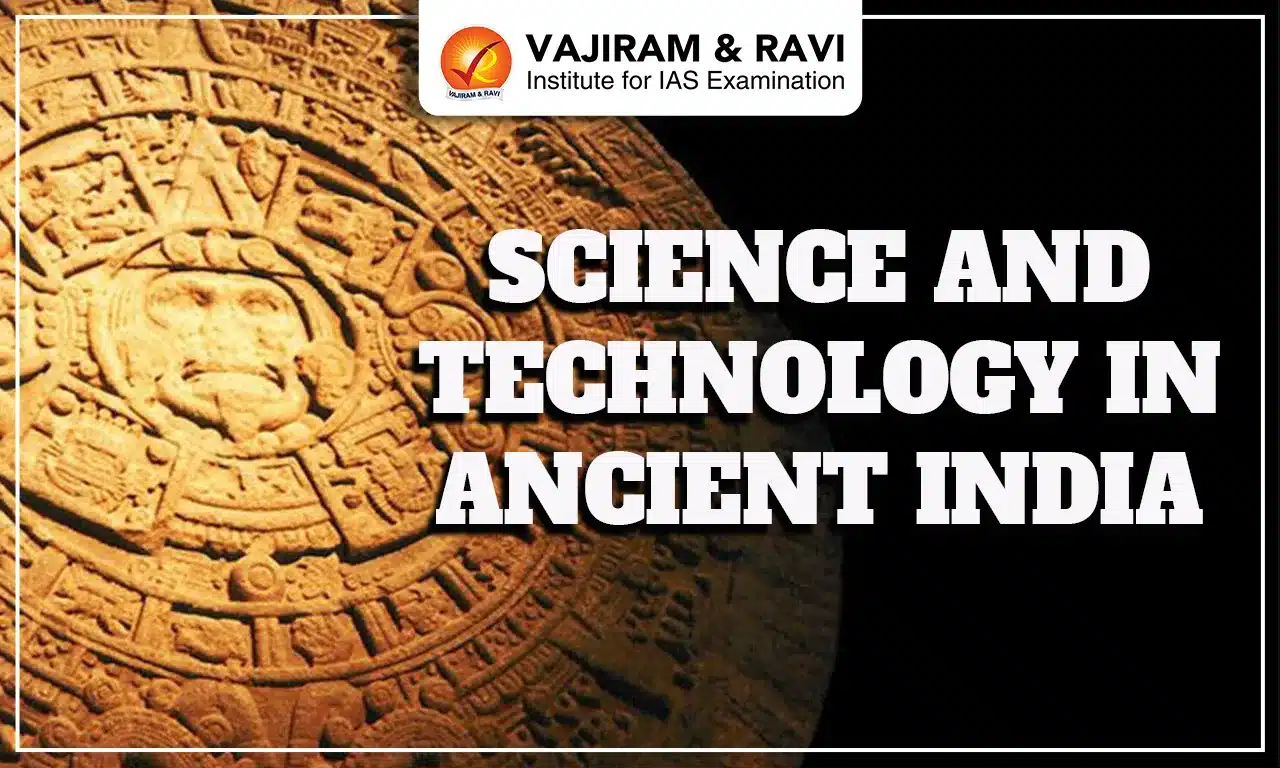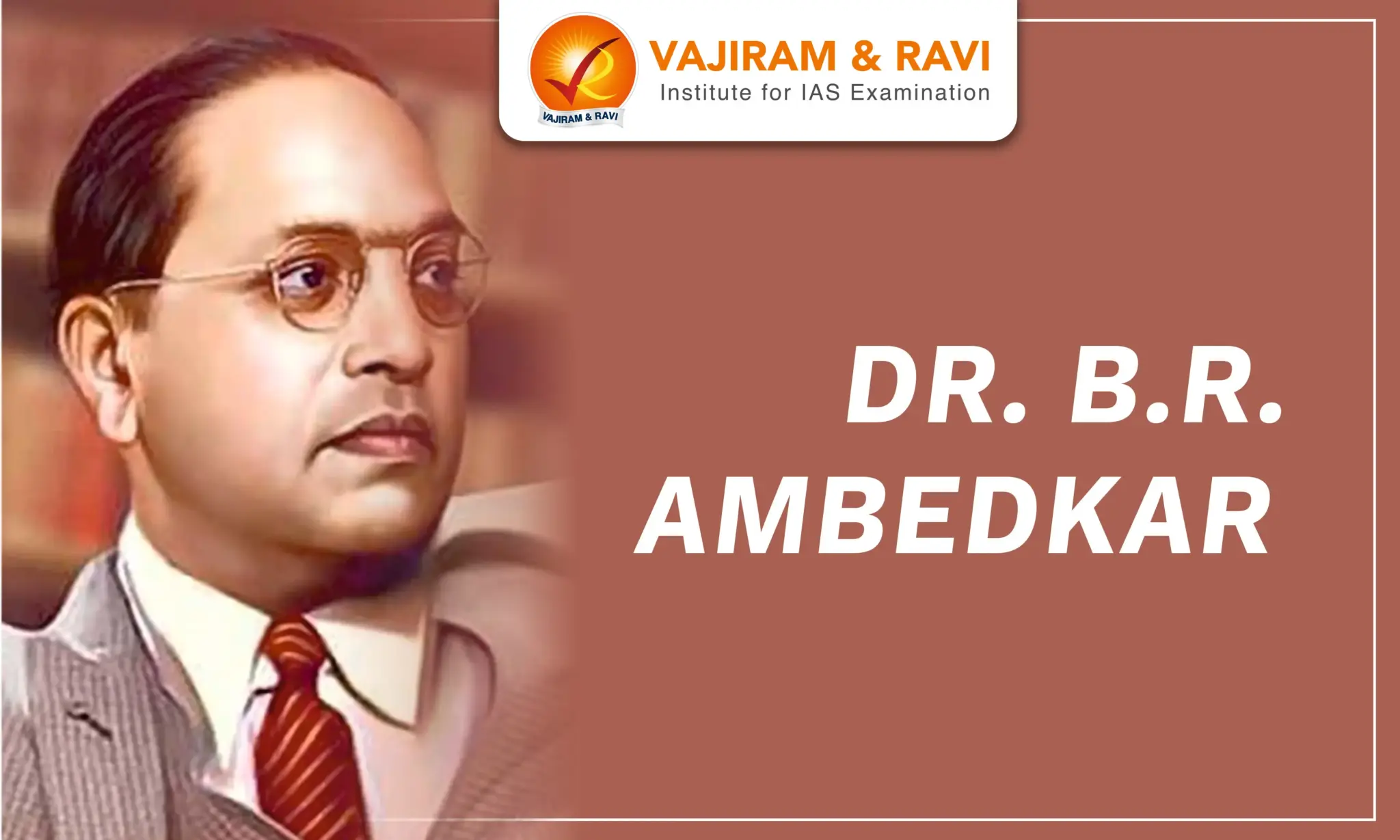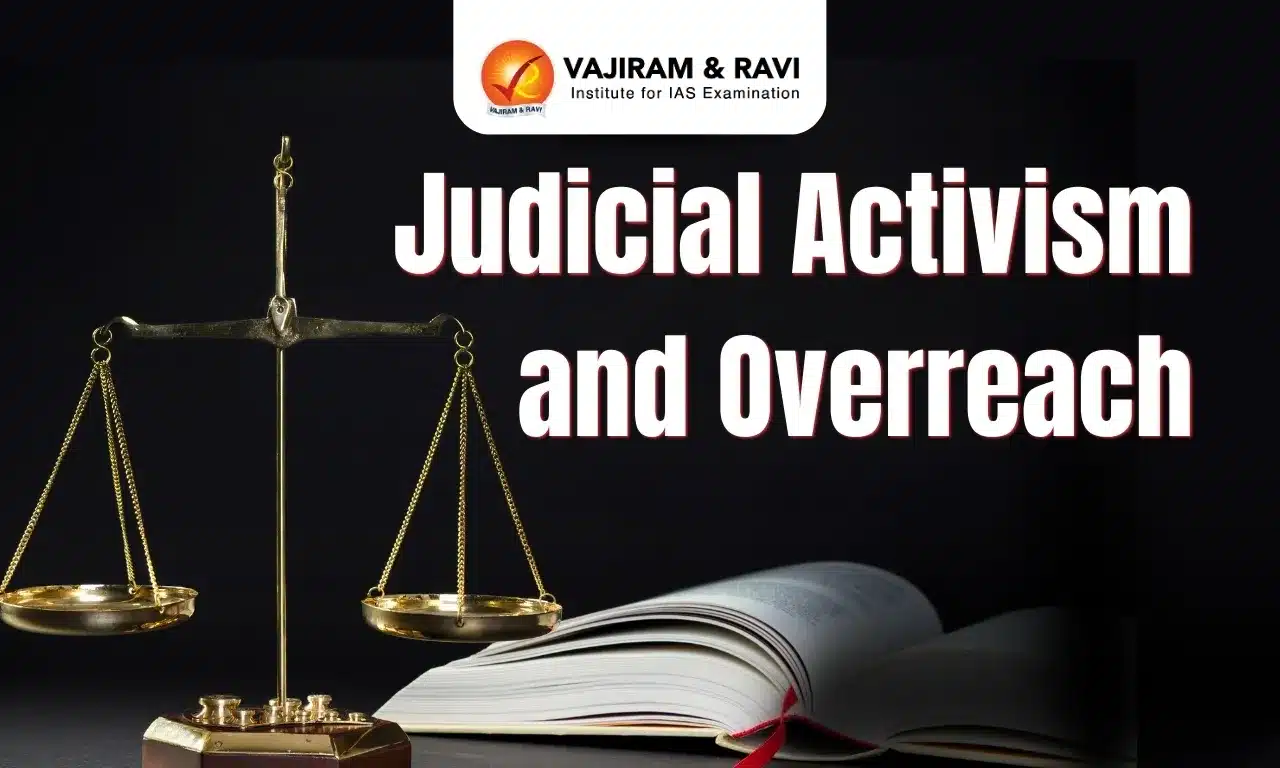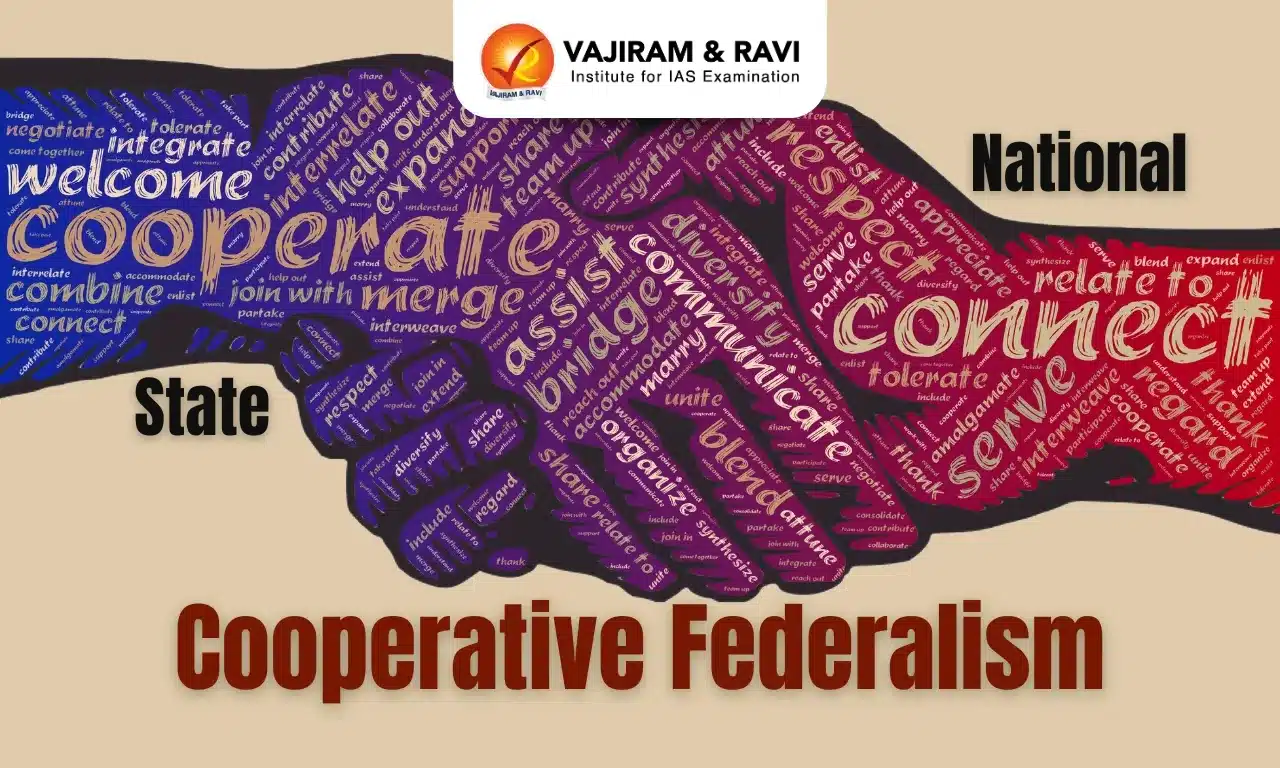In Ancient India not only great accomplishments were achieved in the fields of art and architecture, literature, philosophy etc., but many natural and pure sciences also flourished and registered remarkable growth and development. In the realm of astronomy, mathematics, biological, and medical science ancient Indians made various breakthroughs.
The earliest-known dockyard, which could berth and service ships, was situated at Lothal. Indian metallurgy was very advanced. The Mehrauli iron pillar of Delhi is seven metres high and has never rusted, is a testimony to that technology.
Contribution of Ancient India to Modern Science
India has been contributing to the fields of science and technology since ancient times. Even today, what we term as ‘traditional knowledge’ is actually based on scientific reasoning. Technology is today defined as applied science, but early humans developed technologies such as stone-working, agriculture, animal husbandry, pottery, metallurgy, textile manufacturing, woodcarving, boat-making, and sailing.
- The first stone tools in the Indian subcontinent go back more than two million years.
- The Neolithic revolution saw the development of agriculture in parts of the Indus and the Ganges valleys, which in turn triggered the need for pots, water management, metal tools, transport, etc.
- Metallurgy brought about significant changes in human society as it gave rise to an entirely new range of weapons, tools, and implements.
Metallurgy
Metallurgy may be defined as the extraction, purification, alloying, and application of metals. Mehrgarh in Baluchistan provides the first evidence of metal in the Indian subcontinent.
- Wootz steel: Wootz steel, first produced in South India around 300 BCE, was created by carburising iron under controlled conditions.
- The products made of this Indian steel came to be known as Damascus swords.
- Wootz steel is primarily iron containing a high proportion of carbon (1.0-1.9%).
- It also spurred developments in modern metallographic studies and also qualifies as an advanced material in modern terminology since such steel are shown to exhibit super-plastic properties.
- Iron Pillar of Delhi: It consists of about six tons of wrought iron. The rust-resistant quality is chiefly due to the presence of phosphorus in the iron and this element, together with iron and oxygen from the air, contributes to the formation of a thin protective passive coating on the surface, which gets reconstituted if damaged by scratching.
- Lost Wax Technique: It was invented more than 5,000 years ago to create the finest level of detail in sculpting.
- It is a metal casting technique in which hot metal is poured into a wax model that is 'lost' during the process.
- Example: The iconic “Dancing Girl” bronze sculpture, in Mohenjo-daro, was created using the lost wax technique.
Chemistry
- Rasaratna Samuchaya: Vagbhaṭa in his Rasaratna Samuccaya gives a systematic exposition of the principal metals in a well-known text of alchemy.
- Each metal‘s properties and medicinal uses are clearly brought out within the alchemical framework of the times.
- Rasashaastra : It literally means the “Science of Mercury”.
- It is a specialized branch of Ayurveda dealing mainly with materials which are known as ‘Rasa dravyaas’.
- Its evolution is traced to the Sage Nagarjuna.
- Naagaarjuna proclaimed that the objective of the science of mercury is not limited to Alchemy (Dhaatuvaada) but also to maintain health and strengthen the body for achieving Mukti i.e. ultimate salvation.
- The Ramayan and the Mahabharata mention weapons with arrowheads coated with a variety of chemicals, indicating their knowledge of Alchemy.
- Kanad's atomic theory was the very first atomic theory ever proposed.
Medicine
- Ayurveda: Ayurveda is a science of life that emphasizes a holistic approach to health and personalized medicine.
- The ancient schools of Hindu Philosophical teachings known as Vaisheshika and the school of logic known as Nyaya laid the groundwork for Ayurveda.
- According to Ayurveda all objects in the universe including the human body are composed of five basic elements (Panchamahabhutas) namely, Akash, Vayu, Agni, Jala and Prithvi.
- Siddha:The Siddha system of Medicine, provides preventive, promotive, curative, rejuvenating and rehabilitative health care by adopting a scientific and holistic approach.
- The Siddha system is believed to have evolved from 10000 - 4000 B.C.
- With its Dravidian origin, was attributed to the reputed Siddhas, who were supposed to have evolved many life-prolonging compositions, rich in mineral medicines.
- The Siddha system uses many preparations of plant and mineral origin in powder form, prepared through various procedures including calcination.
- The Siddha system is believed to have evolved from 10000 - 4000 B.C.
- Yoga: It was developed as an allied science of Ayurveda for healing without medicine at the physical and mental levels.
- The credit for systematically presenting this goes to Patanjali.
- Veterinary Science: There is evidence of the existence of veterinary hospitals and dis- pensaries under the Mauryan Empire.
- Veterinarians were called salihotriya, after the famous horse medicine authority Salihotra, in ancient times.
Astronomy and Space
- Vedanga Jyotisa: It is the earliest astronomical text attributed to Maharishi Lagadha dating back to the 6th century BCE.
- It is part of the Vedangas, and it covers a wide range of topics, including the phases of the Moon, the solar and lunar calendars, and the positions of the planets.
- Maharajah Sawai Jai Singh II of Jaipur constructed five astronomical observatories in northern India (New Delhi, Jaipur, Ujjain, Mathura and Varanasi).
- The observatories, or "Jantar Mantars" incorporate multiple buildings of unique form, each with a specialized function for astronomical measurement.
Aeronautics
- Mysorean Rocket: Rockets or ‘fire-arrows’ are noted to have been in use in Europe way back in the 15th century itself. However, rockets developed during Tipu Sultan's reign, known as Mysorean rockets, were far more advanced, "primarily due to the use of iron tubes for holding the propellant."
- These rockets used a special type of gunpowder, which produced a fierce bursting, odour, and smoke, as well as a terrifying noise.
Mathematics
- Shulba Sutras: Baudhyana is credited with the writing of the earliest Sulba sutras which are appendices to the Vedas performing the role of manuals enunciating rules for the construction of Vedic altars (site preparation for Vedic sacrifices).
- They throw light on various significant mathematical formulae, including the value of ‘pi’ and giving a version of the Pythagoras.
- Arithmetic: Most of the standard results in basic arithmetic were of Indian origin like the decimal system, place-value, zero, square, and cubic-roots.
- Aryabhata I, invented a system of expressing numbers using consonants and vowels, which was based on the decimal place value principle.
- Trigonometry: It evolved as an essential component of astronomy. Most astronomical texts include reasonably accurate sine tables to facilitate quick calculations of astronomical elements.
- Brahmagupta, Bhaskara I, and others provided formulas for calculating the sine of any angle without using a table.
Ancient Indian Scientists
In ancient India great luminaries cultivated sciences with their personal curiosity under active royal patronization. Following are some notable Indian scholars:
| Science and Technology in Ancient India | |
|
Baudhayana (800 BCE- 740 BCE) |
- Baudhayana was the mathematician, is also known as the ‘Father of Geometry’. - He was a great scholar of philosophy, religion, mathematics, and language. - Books: Shulba Sutra and Shrauta Sutra. - He is considered one of the first to discover the value of ‘pi’. - Baudhayana Theorem: This is considered an earlier statement of the Pythagorean theorem. |
|
Sushrutha |
- Sushrutha is recognized as the ‘Father of Plastic Surgery’. - He was a surgeon and philosopher who compiled a monumental treatise on surgery, ‘Susrutasamhita’. - India was the first place where rhinoplasty (developed by Sushrutha) was invented and used. - He took surgery in ancient India to admirable heights and that era was later regarded as the Golden Age of Surgery. - Contribution:
|
|
Kanada |
- Kanada was the first proponent of the 'atomic theory' and stated that the atom is indivisible and the world is made up of atoms. - He also added that there are varieties of atoms that are as different as the different classes of substances. - In 200 BCE, he wrote about gravity, and in Vaishesika Sutras he describes the Laws of Motion. - He founded the Vaisheshika school of Indian philosophy, which embodied the oldest forms of Indian science. |
|
Charaka |
- Charaka is known as the “Father of Ayurveda”. - He appears to have been a pioneer in the "prevention is better than cure" philosophy. - He wrote Charak Samhita (treatise on ayurveda) the description of a large number of diseases, causes and their treatment. - He described the Fundamentals of Genetics andwas the first physician who stated the concepts of digestion, metabolism, and immunity. |
|
Aryabhatta (476-550 CE) |
- Aryabhatta was mathematician-astronomers - Books:
- Contribution in Mathematics:
- Contribution to Astronomy:
|
| Aryabhata II |
- Aryabhata II was a mathematician and astronomer. - Books: The Mahasiddhanta or Aryasiddhanta, is an astronomical compendium based on the orthodox tradition of Smṛtis.
- He played a vital role in constructing a sine table, which was accurate up to five decimal places. |
|
Brahmagupta (598-668 CE) |
- Brahmagupta, a most accomplished mathematician, was responsible for creating good mathematics in the form of geometrical theorems and number theory. - He was the first to introduce zero as a digit. - He was believed to be a court astronomer to emperor Vyaghramukha (Chavda Dynasty). - Notable work: Bahmasphutasiddhanta (theory of “the opening of the universe”), Khandakhadyaka (astronomical calculations). |
| Bhaskara I |
- Bhaskara I, was a mathematician and astronomer (7th century CE) - Contribution to Mathematics:
- Books:
|
|
Varahamihiri (505–587 CE) |
- Varahamihira was a renowned astronomer, mathematician, and astrologer. - Notable works:
- He first described gravity as an attractive “Force”, which binds various things together. |
| Bhaskara II/ Bhaskaracharya |
- Bhaskara II was an Indian astronomer and mathematician (12th CE century) - Notable works:
|
|
Nagarjuna |
- He was a chemist and an alchemist. - Notable works:
- He for the first time, not only enunciated cementation processes but also propounded zinc production by a distillation technique. - His efforts were focused on transforming base metals into gold. Additional text to be added here. |
Last updated on November, 2025
→ Check out the latest UPSC Syllabus 2026 here.
→ Join Vajiram & Ravi’s Interview Guidance Programme for expert help to crack your final UPSC stage.
→ UPSC Mains Result 2025 is now out.
→ UPSC Notification 2026 is scheduled to be released on January 14, 2026.
→ UPSC Calendar 2026 is released on 15th May, 2025.
→ The UPSC Vacancy 2025 were released 1129, out of which 979 were for UPSC CSE and remaining 150 are for UPSC IFoS.
→ UPSC Prelims 2026 will be conducted on 24th May, 2026 & UPSC Mains 2026 will be conducted on 21st August 2026.
→ The UPSC Selection Process is of 3 stages-Prelims, Mains and Interview.
→ UPSC Result 2024 is released with latest UPSC Marksheet 2024. Check Now!
→ UPSC Prelims Result 2025 is out now for the CSE held on 25 May 2025.
→ UPSC Toppers List 2024 is released now. Shakti Dubey is UPSC AIR 1 2024 Topper.
→ UPSC Prelims Question Paper 2025 and Unofficial Prelims Answer Key 2025 are available now.
→ UPSC Mains Question Paper 2025 is out for Essay, GS 1, 2, 3 & GS 4.
→ UPSC Mains Indian Language Question Paper 2025 is now out.
→ UPSC Mains Optional Question Paper 2025 is now out.
→ Also check Best IAS Coaching in Delhi






























